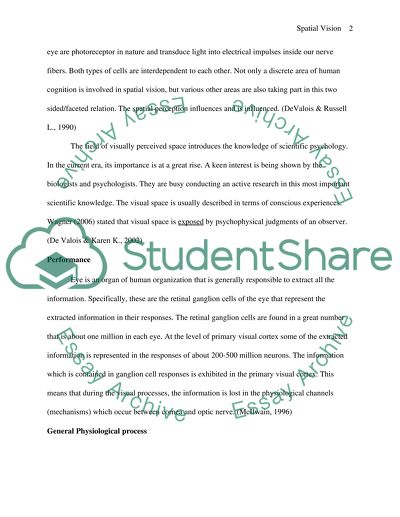Cite this document
(“Physiological Processes Involved in our Spatial Vision Literature review”, n.d.)
Physiological Processes Involved in our Spatial Vision Literature review. Retrieved from https://studentshare.org/biology/1557047-biological-psychology-essay
Physiological Processes Involved in our Spatial Vision Literature review. Retrieved from https://studentshare.org/biology/1557047-biological-psychology-essay
(Physiological Processes Involved in Our Spatial Vision Literature Review)
Physiological Processes Involved in Our Spatial Vision Literature Review. https://studentshare.org/biology/1557047-biological-psychology-essay.
Physiological Processes Involved in Our Spatial Vision Literature Review. https://studentshare.org/biology/1557047-biological-psychology-essay.
“Physiological Processes Involved in Our Spatial Vision Literature Review”, n.d. https://studentshare.org/biology/1557047-biological-psychology-essay.


